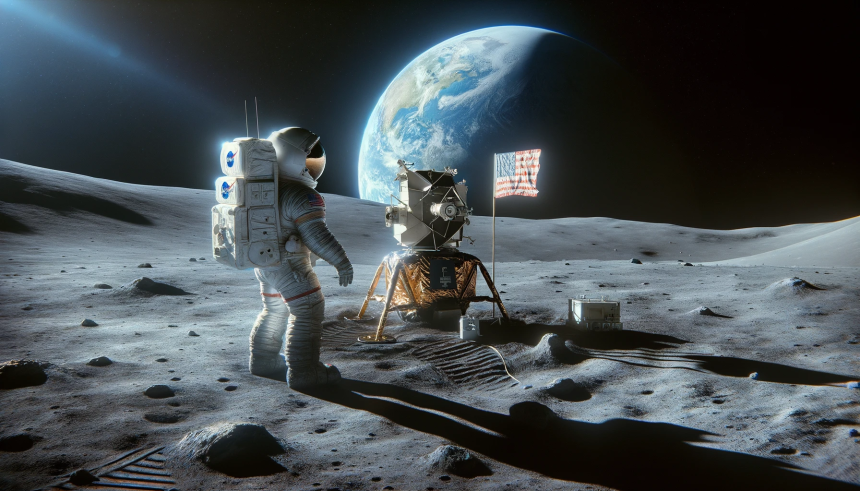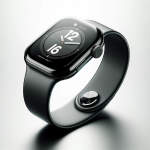NASA’s Hubble Space Telescope has entered a safe mode, temporarily suspending its science operations. This proactive measure was triggered by a gyroscope malfunction, which is crucial for Hubble’s precise orientation in space. While the telescope’s instruments remain stable, NASA’s team is working diligently to address the issue and ensure the telescope’s continued functionality. The gyroscope readings are essential for maintaining Hubble’s accuracy, and the team’s prompt response aims to minimize downtime and resume scientific endeavors soon.
The Hubble Space Telescope, launched in 1990, is an observatory in space that has significantly advanced our understanding of the universe. It was developed and launched through a collaboration between NASA and the European Space Agency (ESA), with its primary launch being from the Kennedy Space Center aboard the Space Shuttle Discovery. Equipped with a large mirror and various scientific instruments, Hubble has provided high-resolution images and data that have led to groundbreaking discoveries in astronomy and astrophysics.
Technical Challenges and Responses
NASA has experienced similar issues with Hubble’s gyroscopes in the past, leading to temporary suspensions of operations. Each instance has resulted in swift action and innovative solutions from the engineering teams to resume normal operations. This current suspension is another testament to the ongoing challenges faced by long-term space missions and the resilience of the teams managing them.
Comparatively, other space telescopes like James Webb, which was launched in 2021, have been designed with advancements to mitigate such issues. However, Hubble’s historical data and ongoing contributions remain invaluable, showcasing the importance of maintaining older yet crucial instruments in our quest to explore the cosmos.
Insights and Future Prospects
NASA anticipates the following outcomes from the current situation:
- Quick resolution of the gyroscope issue to resume scientific operations.
- Continued collaboration between Hubble and James Webb Space Telescope for enhanced astronomical research.
- Prolonged operational life of Hubble, contributing to future discoveries well into the next decade.
NASA’s immediate focus is on diagnosing and fixing the gyroscope issue to restore Hubble’s operations. The scientific community eagerly anticipates Hubble’s return to functionality, as its findings have been pivotal in numerous astronomical breakthroughs. The historical resilience of the Hubble team suggests a positive outlook for overcoming this challenge efficiently. Moreover, the collaboration between Hubble and newer observatories like James Webb highlights the complementary nature of these instruments, enhancing the overall capability to explore and understand the universe. Maintaining older space telescopes like Hubble not only preserves historical data but also maximizes existing investments, ensuring a comprehensive approach to space exploration.










